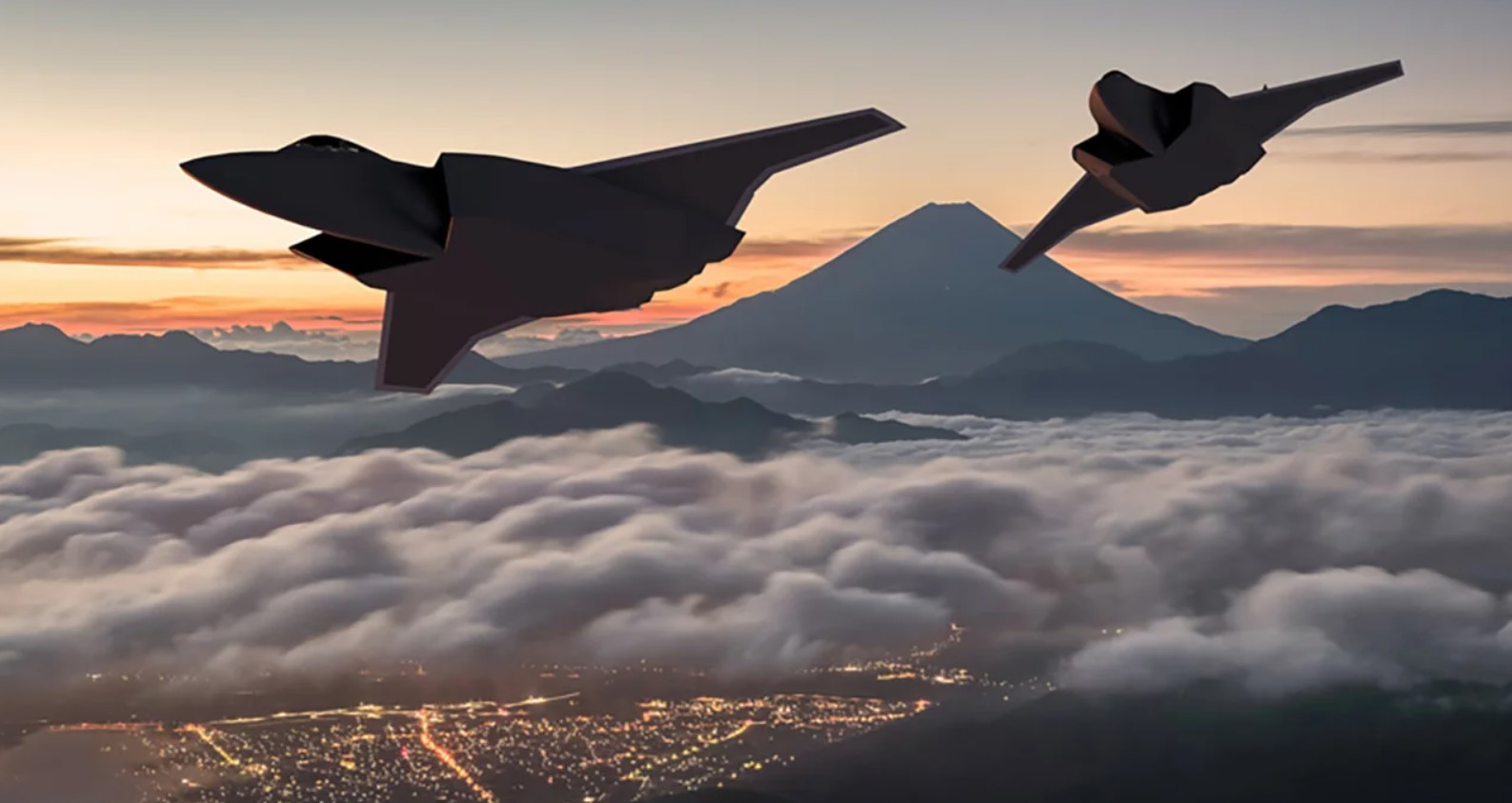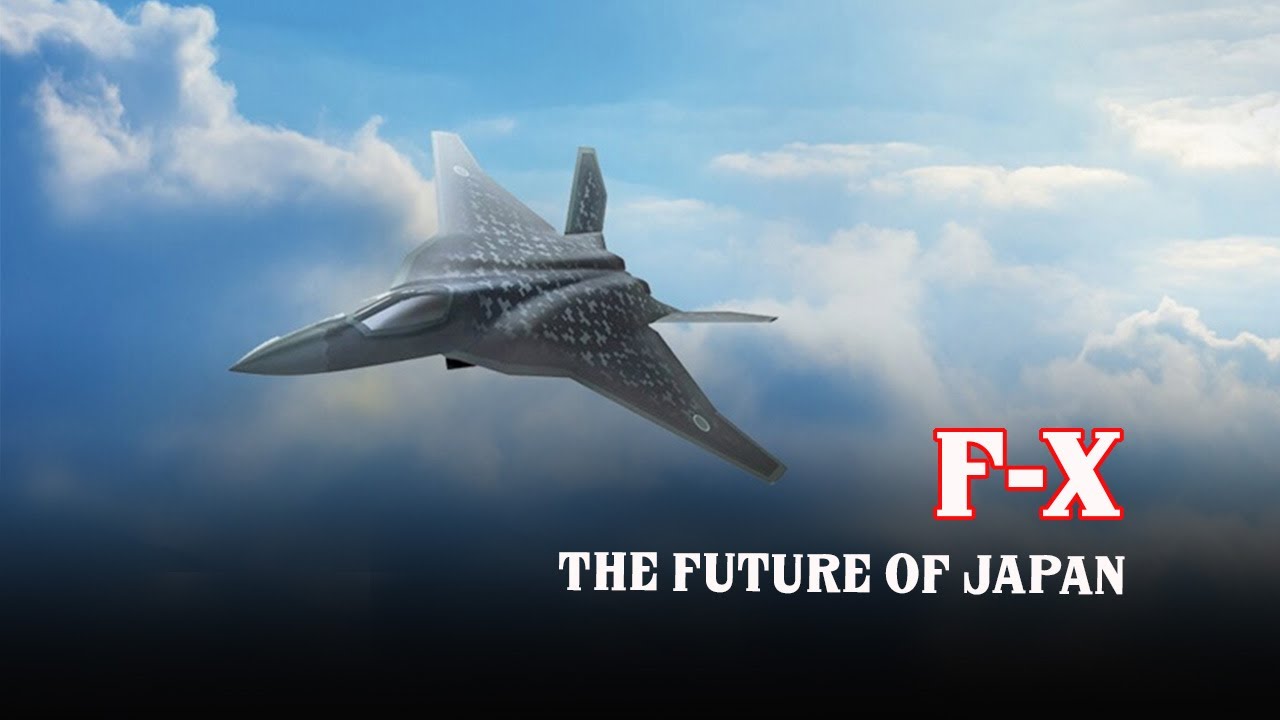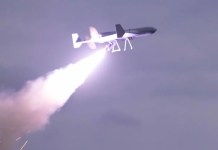One of the discerning trends in fighter aircraft production these days is the increasing emphasis on co-production and co-development, whether inside a single country or among a group of nations.
Latest reports suggest that the US Air Force is pushing for a “Collaborative Combat Aircraft Program,” under which the service will choose a contractor to take the winning elements and integrate them into a fighting system.
“We will always have a continuous competition piece of this, but the government will not be,” the system integrator, Brig. Gen. Dale White, program executive officer for fighters and advanced aircraft, said in a recent Air, Space & Cyber Conference press conference.
“We will eventually get to a place where we do a down-select to a vendor that … does integrates the autonomy and has the vehicle and then the mission systems as well.”
What effect such an approach will have on the significant US fighter aircraft manufacturers such as Boeing and Lockheed Martin remains to be seen.
At present, for its final product, each major company is its integrator of components made by its partners it chooses on its own. Some of the tiered suppliers are even outside the US.
As it is, the US government is encouraging its major arms manufacturers to have more collaborative approaches at the international level, involving non-NATO countries as well. As a result, co-production and co-development are increasingly becoming catchy ideas.
For instance, the US Congress has approved the proposal that US President Joe Biden and Indian Prime Minister Narendra Modi had arrived at in June.
This was to facilitate GE Aerospace’s deal with the state-owned Hindustan Aeronautics Limited to produce fighter jet engines for the Indian Air Force (IAF), which involves unprecedented technology transfer, manufacturing of jet engines in India, and licensing arrangements.
The understanding is that GE Aerospace will transfer 80 percent of its technology to India to produce F414 fighter jet engines for Light Combat Aircraft (LCA) Mk2. These engines will be jointly produced in India under the IAF’s Light Combat Aircraft Mk2 program.
So far, American companies’ arrangements for the joint production of systems or their components have been limited to NATO and other allies like Japan. Collaborations with the European NATO allies have seen programs like F-104 in the past and F-35 now.
Similarly, Japan’s F-2A/B multirole fighters are the products of the collaborations between Mitsubishi Heavy Industries and Lockheed Martin Aeronautics based on the F-16 model.
A range of technologies has been incorporated to meet Japanese operational requirements, including those for high maneuverability, a composite monocoque primary structure, and an active phased-array radar system.
These arrangements of co-production and co-development between the US and its allies proved mutually beneficial; it expanded or developed the industrial base of the American partners on the one hand and made the economics of the products rational on the other.
It has so happened that after the industrial bases of these allies improved, they, particularly European allies, have gone for collaborations among themselves without involving even the US.
In 1968, the FRG (Then West Germany), Netherlands, Belgium, Canada, and Italy formed a working group within NATO to develop an aircraft to replace the F-104; the project was named MRA-75 (Multi-Role Aircraft – 1975).
Subsequently, the United Kingdom also joined the project, which was then called MRCA (Multi-Role Combat Aircraft). That some of them later withdrew from the program, leaving only FRG, the UK, and Italy in it, is a different matter.
It is now called the Tornado project, its explained rationale being that “it was being developed within a convergent sphere of interests shared by NATO European member countries that sought a greater level of autonomy (within the alliance) and the development of productive capacities, which was performed cooperatively.”
It was also said that the choice to develop and produce the aircraft jointly was due to the increasing cost of developing high-tech weapons systems, such as supersonic fighters, and the constraints of each partner’s domestic markets that hindered large-scale production gains.
It is also a different matter of why the Tornado program was closed in 1998 after its jets successfully flew in the European skies for nearly 25 years. It was exported to Saudi Arabia, too.
But the collaborative European endeavor continued in the form of the Eurofighter Typhoon, a more advanced and capable aircraft than the Tornado, with better radar and avionics systems and a higher maximum speed.
Apparently, the Tornado was designed as a ground-attack aircraft, while the Typhoon was primarily an air-superiority fighter.
Japan, too, is trying a similar arrangement to produce fighter jets without the participation of the US.
In December 2022, Japan, Italy, and the United Kingdom signed an agreement to partner in developing a sixth-generation stealth fighter aircraft under the Global Combat Air Program (GCAP). The plane is supposed to be ready for export and deployment by 2035.

Initially, Japan was seeking ‘Japan-led development’ of its Mitsubishi F-X fighter jet project, with a view to international cooperation in its Medium-Term Defense Force Development Plan, assuming joint development with the United States.
Apparently, the US was reluctant to support ‘Japan-led development’ and technology transfer, so Japan chose the United Kingdom as a joint development partner for its next-generation fighter aircraft. Italy joined later.
The tri-national project would merge Japan’s F-X program with the UK and Italy’s Tempest project, marking a shift in the Asian country’s role in the global defense industry after years in the shadows.

Of course, the detailed plans are yet to be finalized, but the point is that until now, Japan has worked exclusively with US partners on major military programs. Now, it is joining hands with others.
For India, the idea of co-development and co-production is not exactly new. In 2007, it signed an inter-governmental agreement with Russia for the co-development of a Fifth Generation Fighter Aircraft (FGFA), also known in India as the Perspective Multi-role Fighter (PMF).
However, India has virtually withdrawn from this project, though it has not been stated officially yet, because of disagreements over cost-sharing plans, technology transfers, and the aircraft’s technological capabilities.
But India’s collaboration with Russia in another area, of missiles, of joint development and production, has proved to be enduring. Brahmos supersonic Cruise Missile is a superb success story in this regard.
Besides, in a significant move, India and France have decided to produce submarines jointly and co-develop new engines for next-generation fighter jets and helicopters.
In a meeting in Paris in July between Prime Minister Narendra Modi and French President Emmanuel Macron, it was decided that the French aerospace major Safran would co-design critical jet engine technology, instead of focusing only on the transfer of existing technology, for India’s next generation of fighter jets and an engine for a 13-tonne helicopter.
“India and France will support the joint development of a combat aircraft engine. A roadmap for this project will be prepared by Safran and the (Indian) DRDO before the end of this year,” according to an official release.
Safran has offered to make a new 110-kilo Newton engine in India. The sixth-generation advanced multi-role combat aircraft will be powered by it. The French offer includes a new engine with supply chain and manufacturing at an Indian location.
Separately, Safran and HAL have concluded a contract for the transfer of technology of forging and castings of the jointly developed Shakti Engine that powers the Advanced Light Helicopter. The engine is to be made under a joint venture where HAL could learn the art of metal forging the engine.
It may be noted here that such agreements for co-development usually imply some strategic convergence between the countries concerned.
The JF-17 built by Pakistan Aeronautical Complex and China’s Chengdu Aircraft Corporation, or Turkey co-opting Azerbaijan and Pakistan for the TF-X fighter jet, have been possible because of this strategic convergence.
Therefore, one has to keep one’s fingers crossed on proposals like the KF-21 project between South Korea and Indonesia or Russia wooing the Middle Eastern countries as partners to establish joint production of high-tech platforms, including fighter jets, because the strategic convergence among the proposed partners looks dubious.
Of course, it may be argued that proposals on co-development and co-production among the strategic partners sharing the same threat perceptions are also full of challenges when there is a considerable asymmetry among partners regarding expertise and capabilities in the aerospace and defense industry.
Even when there is not much difference, disputes could arise over who is the lead partner. As pointed out above, the US opted out of the F-X fighter jet project as it was unprepared to accept ‘Japan-led development’ and technology transfer.
Besides, there could be differences over the very limit of the standardization of a combat aircraft since different national requirements and operational concepts, industrial objectives, and budgetary considerations generally lead to divergent configurations and strict synchronization.
Considering all this, it will be safe to say that co-development and co-production of fighter jets is a work in progress. As far as one can see, big independent manufacturers will remain relevant.
- Author and veteran journalist Prakash Nanda is Chairman of the Editorial Board – EurAsian Times and has been commenting on politics, foreign policy, and strategic affairs for nearly three decades. A former National Fellow of the Indian Council for Historical Research and recipient of the Seoul Peace Prize Scholarship, he is also a Distinguished Fellow at the Institute of Peace and Conflict Studies.
- CONTACT: prakash.nanda (at) hotmail.com
- Follow EurAsian Times on Google News




